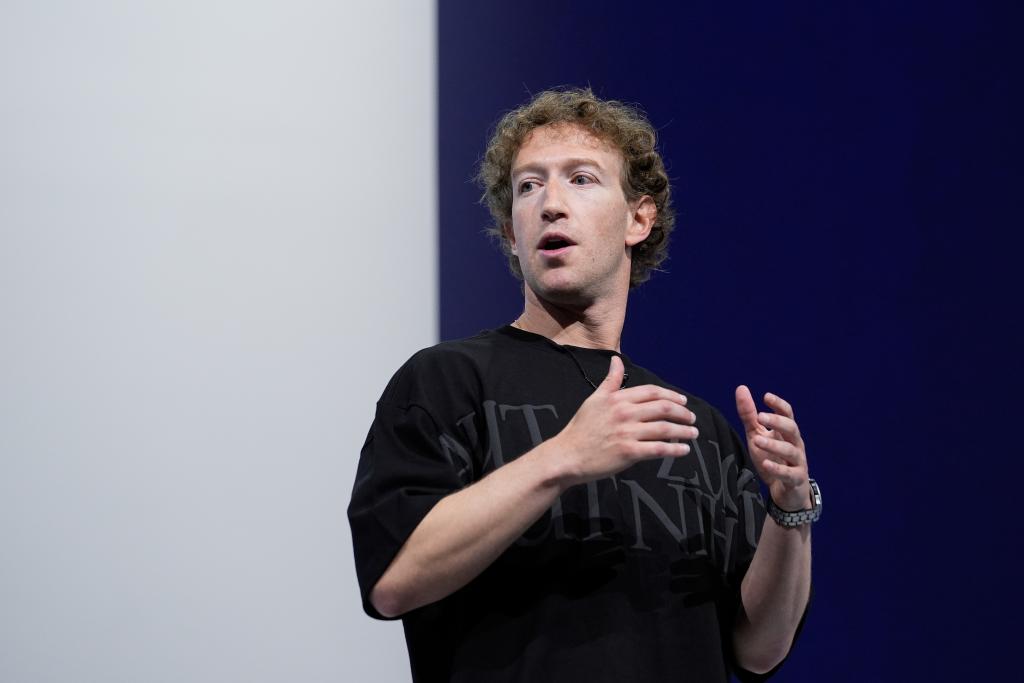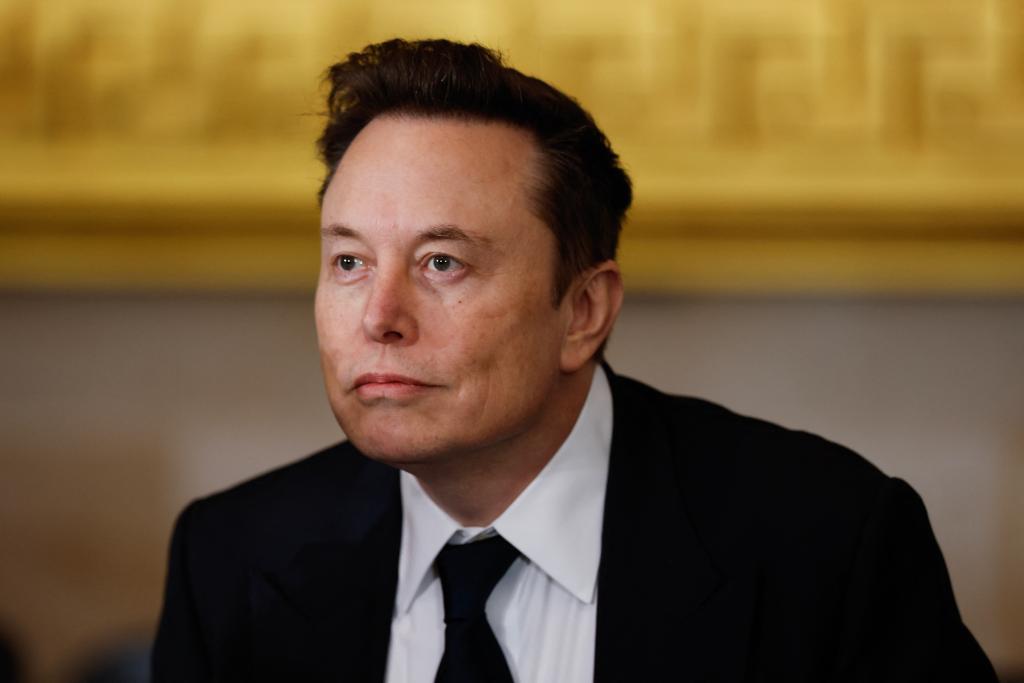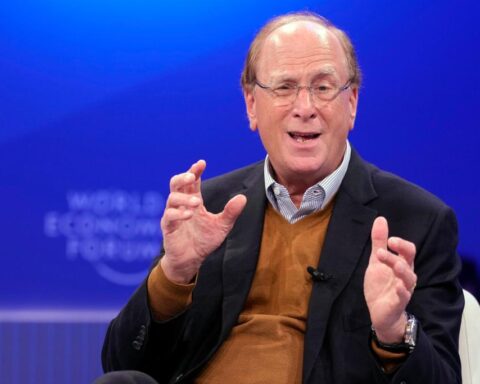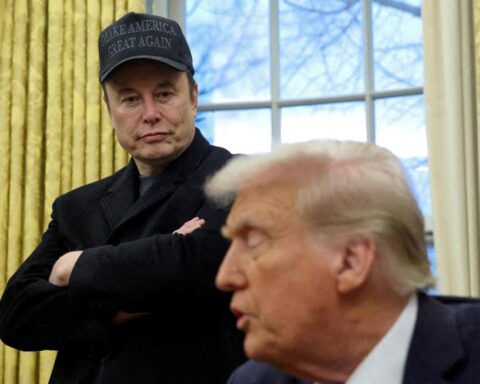Mark Zuckerberg Defends Open Source AI Strategy as Meta Eyes $65 Billion Infrastructure Bet
Meta Platforms Inc. recently reported fourth-quarter earnings that exceeded Wall Street’s expectations, showcasing the company’s continued dominance in the social media advertising space. However, a forecast for the first quarter that fell short of analysts’ estimates has raised questions about the sustainability of its bold AI investments. With Meta’s capital spending set to rise significantly in the coming years, CEO Mark Zuckerberg is doubling down on the company’s vision for artificial intelligence, despite emerging competition that threatens to alter the AI landscape.
In a call with analysts, Zuckerberg expressed optimism about Meta’s long-term AI strategy, emphasizing the importance of open-source AI standards for global competitiveness. “There’s going to be an open source standard globally, and it’s important that it’s an American standard,” Zuckerberg stated, referring to the recent rise of DeepSeek, a Chinese startup that has introduced open-source AI models that rival the performance of US counterparts like Meta’s own Llama models. Despite its strong entry into the AI race, Zuckerberg acknowledged that it was too early to determine how DeepSeek’s launch would impact Meta’s approach to AI infrastructure.
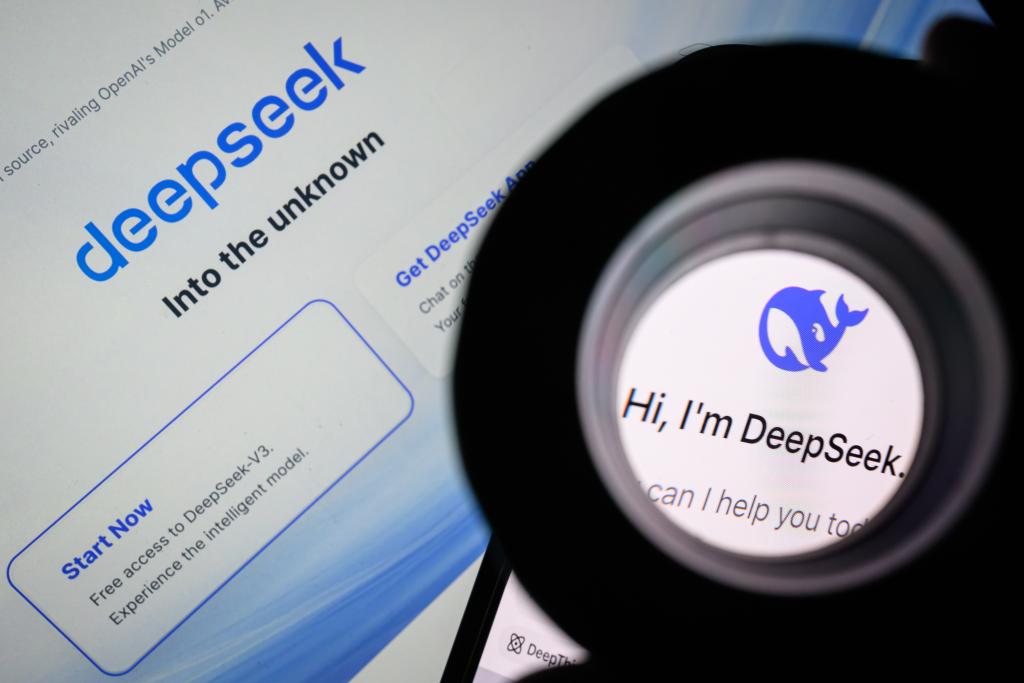
Meta’s focus on AI remains at the core of its investment strategy. With projections indicating a capital expenditure of $65 billion in 2025 to expand its AI infrastructure, the company is also committing to a substantial increase in AI-related hiring. These efforts are in line with Meta’s long-term vision to build a world-leading AI framework, supported by over 1.3 million graphics processors (GPUs) and 1 gigawatt of computing power by year’s end. However, Meta’s heavy reliance on its social media advertising business to fund these ambitious AI initiatives leaves some investors questioning whether this massive financial outlay will ultimately pay off.
Zuckerberg’s statements reflect a delicate balancing act. On one hand, Meta’s core advertising business, which saw a 5% year-on-year growth in Family Daily Active People (DAP) — a key user engagement metric — continues to provide a strong financial foundation. On the other hand, the company is making significant capital investments in the hope that AI advancements and innovations, such as the metaverse and augmented reality, will justify their escalating costs.

The launch of DeepSeek, which has made waves by offering AI models that either match or outperform the best US-based systems at a fraction of the cost, has sent ripples through global markets. The rise of such a formidable competitor has raised concerns about the scalability of AI models in the US, particularly when it comes to the immense cost of computing power. In response, Zuckerberg hinted that Meta could learn from DeepSeek’s advances and look to implement certain efficiencies into its own AI systems.
Despite these challenges, Meta’s investment in AI remains steadfast. In addition to its ongoing work with Nvidia’s GPUs, which are essential for running Meta’s AI models, Zuckerberg’s long-term strategy for Meta hinges on a deep commitment to both AI and open-source technologies. The company’s ability to navigate competitive pressures and reduce operational costs will likely determine whether its AI investments can deliver on their substantial promise or fall short of expectations.
As Meta sets its sights on $65 billion in AI infrastructure spending for 2025, all eyes will remain on the company’s ability to execute on its vision and maintain leadership in the rapidly evolving AI landscape. The coming months will likely reveal whether Meta’s bold strategy will yield long-term growth or leave the company vulnerable to emerging threats from nimble startups like DeepSeek.



